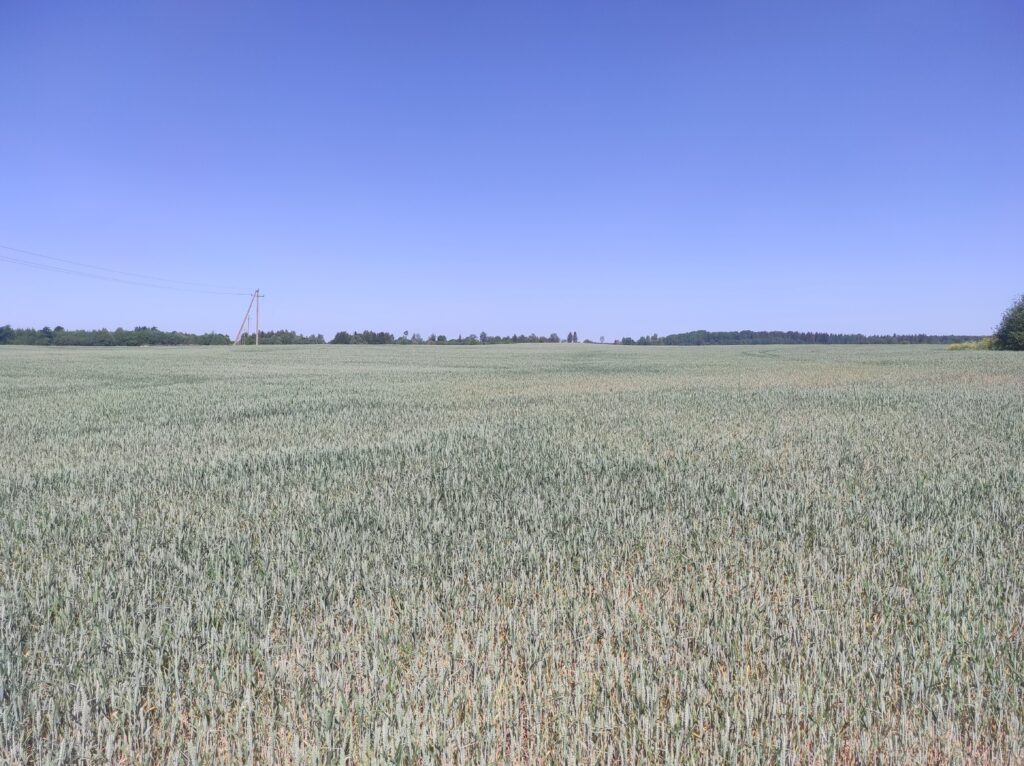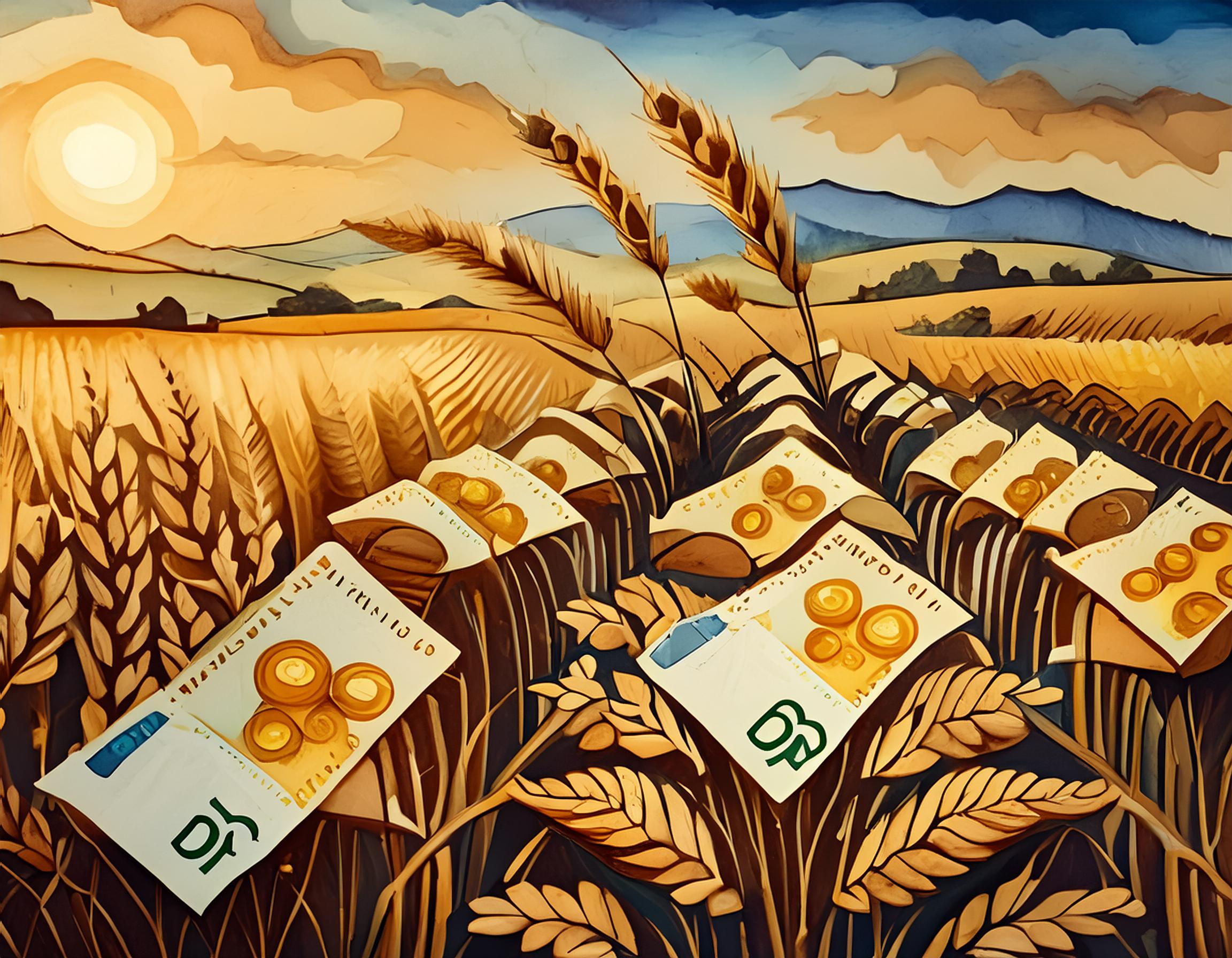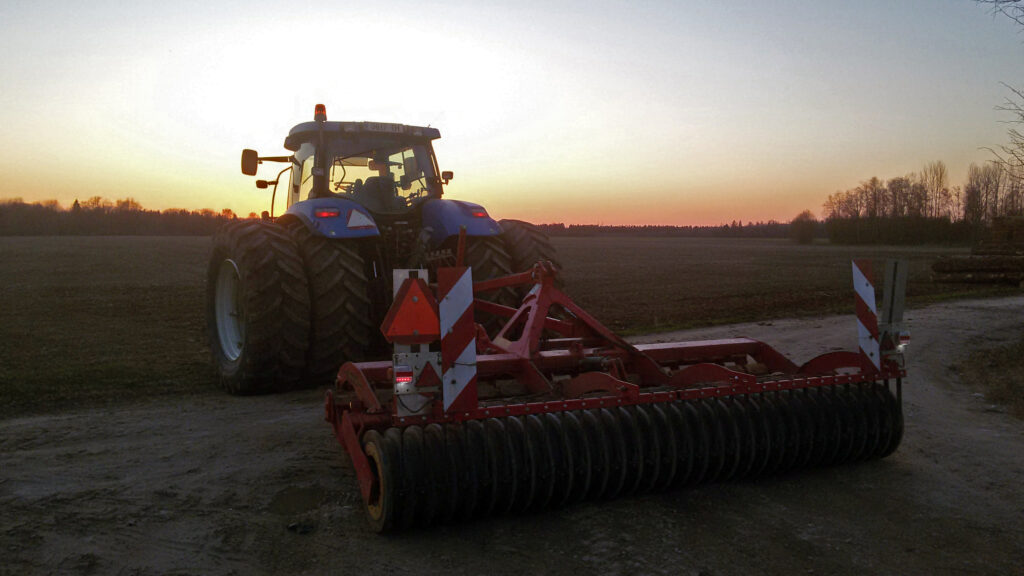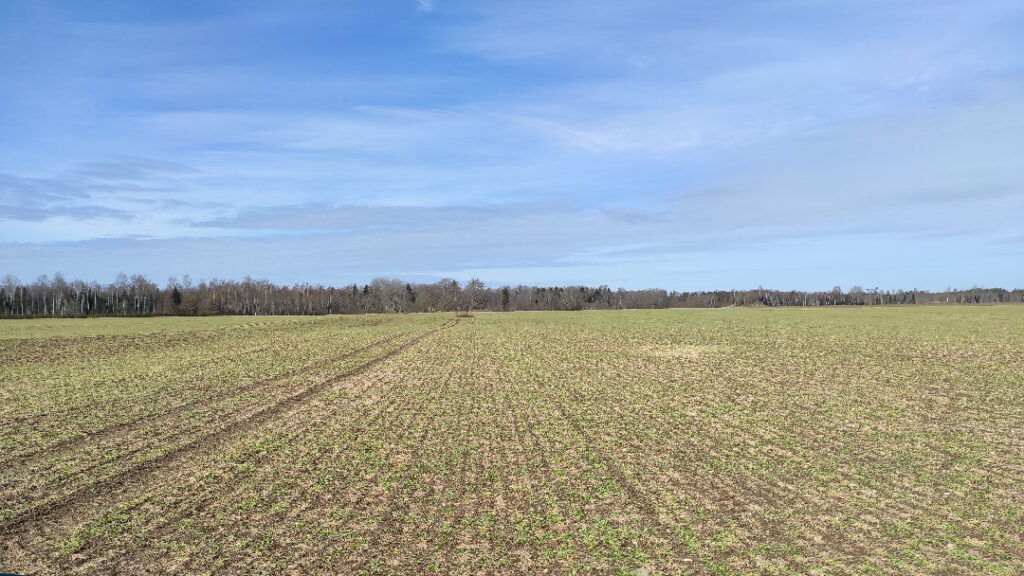Post created in collaboration with EURORISK Available in Estonia and Latvia
The drought conditions of recent years have made me wonder if there’s a way to mitigate my risks. Canadian and US YouTubers I’ve been following, who have suffered from severe droughts for years, have indicated that thanks to insurance, they are still active in agriculture. Additionally, with the winter crop failure in Estonia during the 2023/2024 winter, several followers from abroad have asked why we don’t insure our crops.
What does it cost?
By chance, I met Priit, a representative of EURORISK, at an event. He deals with various agricultural insurance products, including drought and crop insurance. After listening to him, I learned that thanks to a 70% subsidy from PRIA (The Agricultural Registers and Information Board – AG subsidy centre in Estonia), drought and crop insurance is quite affordable, and EURORISK is backed by the large Swiss reinsurance company SwissRe, which should ensure that compensation is paid out. I decided to give it a try; I don’t have much to lose… or rather, I have more to lose if we get another year like the previous ones. The insurance premium for the field is 3.3% (this may change with a large number of insurance claims) of the field’s value (total yield * yield price), of which PRIA reimburses 70%.

How does it work?
In the case of drought insurance, the definition of drought is based on measurements made by satellites, i.e., soil moisture levels are measured instead of the amount of precipitation. As a farmer, I know that even 40mm of rain after a long drought does not mean we’ll have a bountiful harvest. The drought has caused damage, and even heavy rains do not mean the crop is saved.
Moisture deficit in spring crops is measured over three periods, and the maximum compensation is 25% of the field’s value. To be honest, receiving the maximum compensation means there has been an extreme drought over three periods, which is quite rare in our area. However, during the most sensitive growth period of spring crops (15.05-14.06), the possibility of moderate to extreme drought is quite realistic, and compensation can range from 2.5-12% of the field’s value. For example, the area around Narva, Estonia has been hit by a severe drought, which means a 7% compensation. Regional data for Latvia can be viewed here
Considering that thanks to the subsidy, I have actually paid 1% of the field’s value as an insurance premium, there is a high chance that I will get back the insurance premium + at least 1.5% of the insured value. This is helpful in difficult times. It is also possible to insure crops against storm and hail damage (in 2023, hail destroyed the work of many farmers in Latvia and the record diameter of hailstones measured in Estonia was 8cm) as well as against winter damage.

What next?
Considering what happened to winter rapeseed in Estonia this winter, I will definitely consider insuring against winter damage in the fall of 2024.
The results of my drought insurance will be revealed after the end of the third period, on August 14th, but I can say that in the first period, there was moderate drought in the area of my spring barley, which qualifies for compensation.



